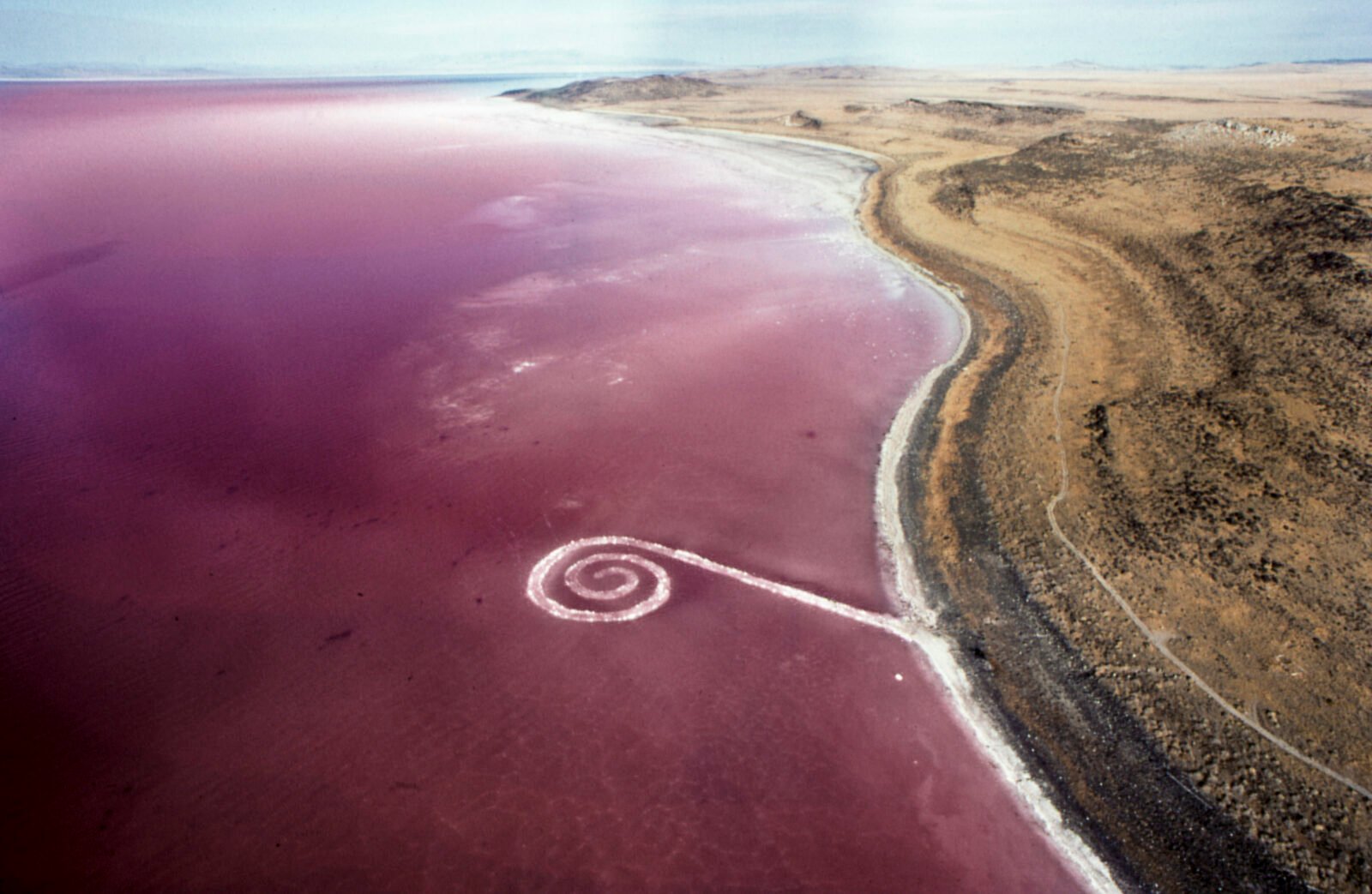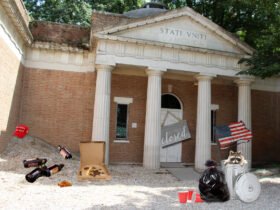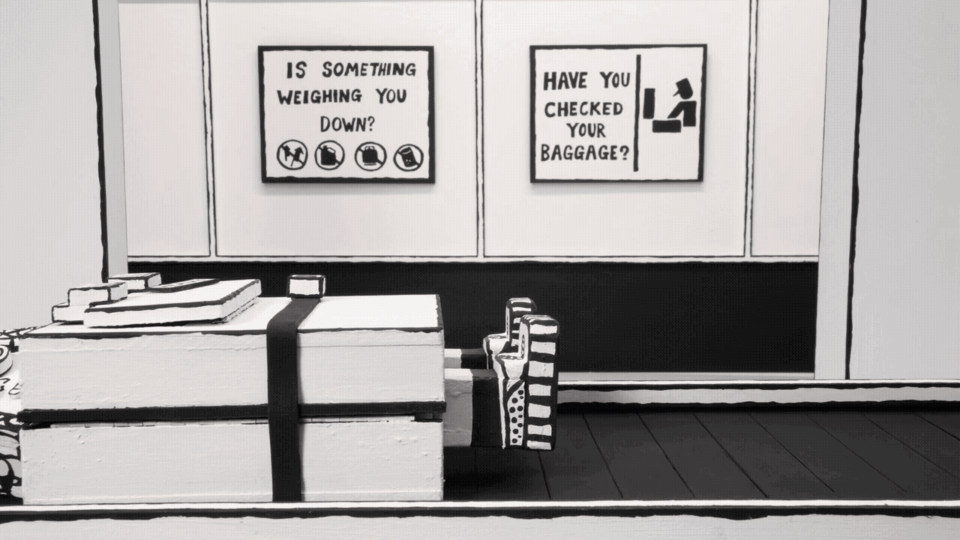Late American sculptor Robert Smithson’s best-known creation, “Spiral Jetty” (1970), has been added to the United States National Register of Historic Places. Located at Rozel Point along the northeastern shore of Utah’s Great Salt Lake, the massive Land Art work embodies the constant changes of the surrounding environment and explores notions of permanence and transience.
Entropy was the driving force behind Smithson’s monumental undertaking, as the artist was intrigued by the unusual microbe- and mineral-rich basin that gave the brine its reddish-pink hue at the time, and by the lake’s salinity, which allowed very few species to live. to survive. When Smithson surveyed the area, the arid environment was marked by defunct industrial features such as an old pier, some cabins and a few rusted oil rigs. He paid $100 (renewed annually over twenty years) to lease 25 acres of land at the basin and got to work.
Funded in part by a $9,000 grant from New York’s Virginia Dwan Gallery, “Spiral Jetty” consists of 6,650 tons of black basalt rocks that were transported by dump trucks, a tractor and front-end loaders, as well as excavated soil uphill from the site. It extends 1,500 feet into the lake and the spool itself is 4.6 meters (15 feet) in diameter, requiring a huge effort and several assistants over the course of a week. Smithson initially planned a J-shape, but after this was executed, days later he chose to restructure the scaffolding for a counterclockwise spiral appearance.

Smithson believed that water levels would rise and fall, causing salt deposits to crystallize and glitter on the jetty in times of recession. Entropy struck again when the work was completely flooded from 1972 to 2002. The artist died in a plane crash just three years after “Spiral Jetty” was completed, without ever seeing how climate change and drought pulled his earthwork out of the shallows. .
The late artist Nancy Holt, Smithson’s widow, donated “Spiral Jetty” to the Dia Art Foundation, which has overseen its preservation and documentation as the site becomes increasingly vulnerable to environmental conditions.
Since then, it has become a coveted remote tourist destination with specific restrictions to mitigate its evolution through human intervention (such as no access by foot, taking rocks, building fire pits or littering), and Utah formally decided ‘Spiral Jetty’ as to be officially adopted. state artwork in 2017.
Now that the work has been added to the National Register of Historic Places, the foundation believes the new status will promote its long-term preservation, especially after plans for oil drilling around the site came up repeatedly in the 2000s.
“This work of art, beloved in Utah and beyond, has come to mean many things to many people, and we are proud to continue our work advocating for ‘Spiral Jetty’ to be preserved for generations to come,” Jessica , director of the Dia Art Foundation Morgan said in a statement.














Leave a Reply